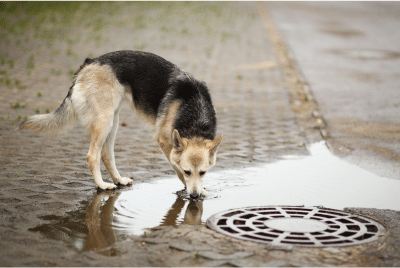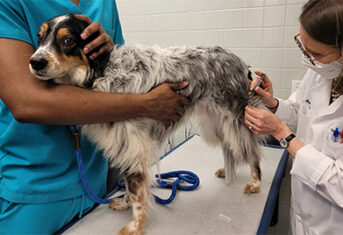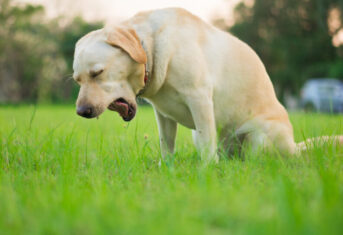New York City’s Leptospirosis Problem and How to Protect Your Dog

New York City’s Leptospirosis Problem and How to Protect Your Dog
Just before the holidays, the New York City Department of Health and Mental Hygiene released its annual report to veterinarians on an important infectious disease, leptospirosis. As a New York City veterinarian, this report concerns me, and pet owners should be concerned too. Following several years of declining infection numbers, cases ticked up in 2022, the latest year data was available.
In total, there were 20 confirmed “lepto” cases in the five boroughs in 2022, up from 18 in 2021. (To see previous years’ reports, visit the NYC DOH website.)
Leptospirosis causes kidney failure and elevated liver tests, which may require hemodialysis and may be fatal. This blogpost describes some important features of canine leptospirosis.
Cause of Leptospirosis
In New York City, rats are the main source of the Leptospira bacteria. These bacteria are found worldwide and affect a range of domesticated animals like dogs, cattle, pigs, horses, and some wild animals such as raccoons, skunks, squirrels, opossums, and deer. Humans contract leptospirosis too. According to the Center’s for Disease Control, a million cases of human leptospirosis occur worldwide each year.
The most common source of infection is urine contaminated water, rainwater, flooding and puddles. The good news is dogs don’t seem to transmit leptospirosis to people or vice versa.
When and Where Leptospirosis Occurs
In New York City, late summer and early fall are the usual peak months for canine leptospirosis, but it is diagnosed year-round. In 2022, four of the 20 cases occurred in June, earlier than usual. In nearly all dogs, exposure to Leptospira occurred in New York City and close to home. Three-quarters of the dogs were likely infected within a half mile of home. Most were not vaccinated against leptospirosis.
Lepto Increase Linked to Climate Change and Rats
Leptospirosis experts believe excessive rain and unseasonably warm temperatures due to climate change helps the bacteria survive in New York City’s environment. Flooding from severe weather leaves contaminated water behind and increases the risk of infection. New York City also hosts a growing population of rats. Since most dogs are infected with rodent-associated variants, a continued increase in cases of canine leptospirosis is expected in the future. The New York City Department of Health and Mental Hygiene identified rodent variants Icterohaemorrhagiae and Bratislava as the most common, but variant Grippotyphosa from raccoons, opossums, and skunks was also present in New York City dogs.
How to Protect Your Dog from Leptospirosis
- Keep your dog out of puddles and other potentially contaminated water sources.
- Control the rodents on your property.
- Do not feed wildlife since it attracts Leptospira carriers.
- Talk to your veterinarian about vaccination against Leptospirosis.

































